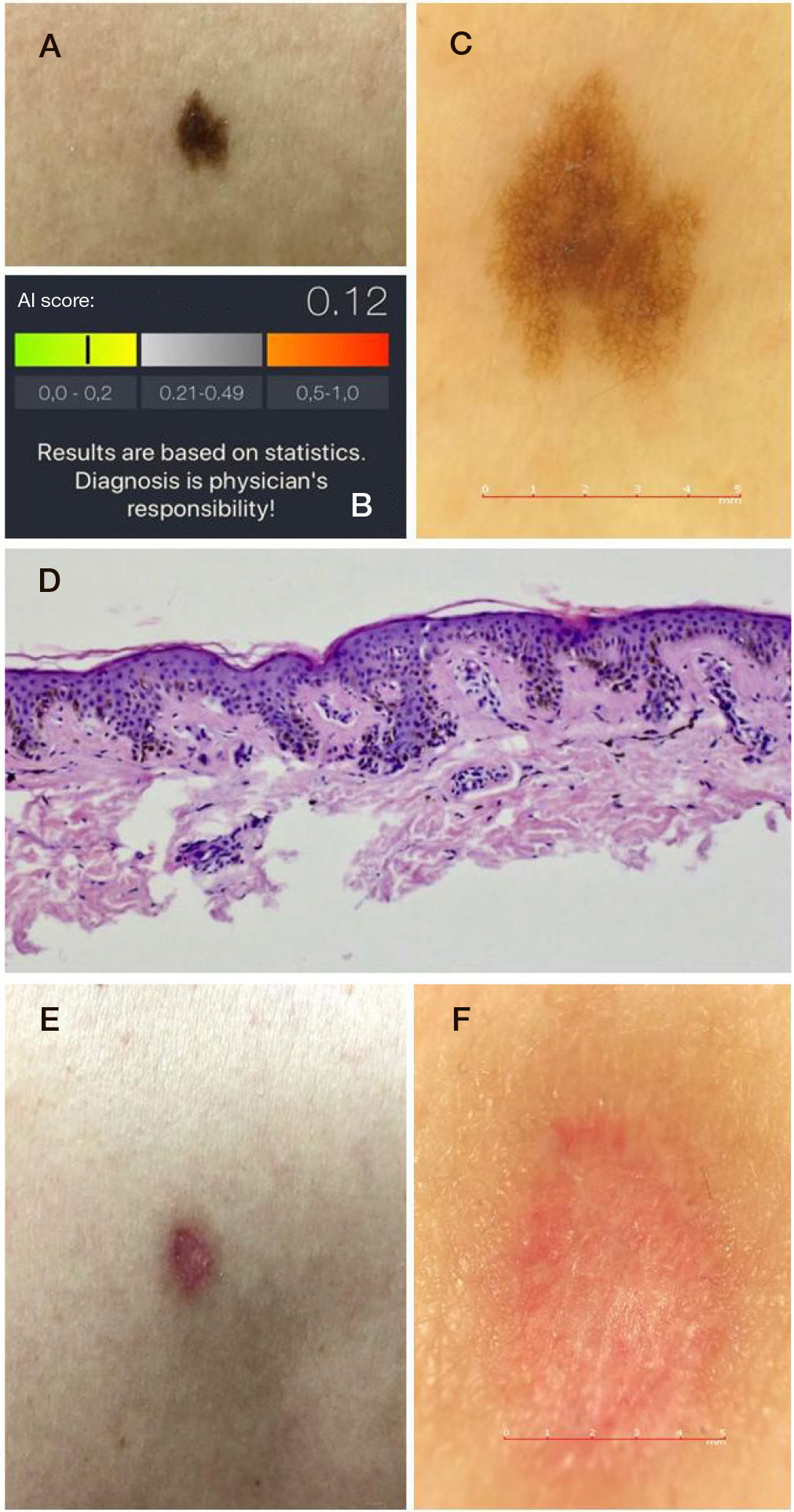
ISSN Print 2500–1094
ISSN Online 2542–1204
BIOMEDICAL JOURNAL OF PIROGOV UNIVERSITY (MOSCOW, RUSSIA)

Pirogov Russian National Research Medical University, Moscow, Russia
Correspondence should be addressed: Tatiana A. Gaydina
Ostrovityanova, 1, Moscow, 117997; ur.xednay@924cod
Compliance with ethical standards: the study was approved by the Ethics Committee of Pirogov Russian National Research Medical University (Protocol № 201 dated October 21, 2020); all patients gave voluntary consent to surgery.
Author contribution: both authors equally contributed to this manuscript.
